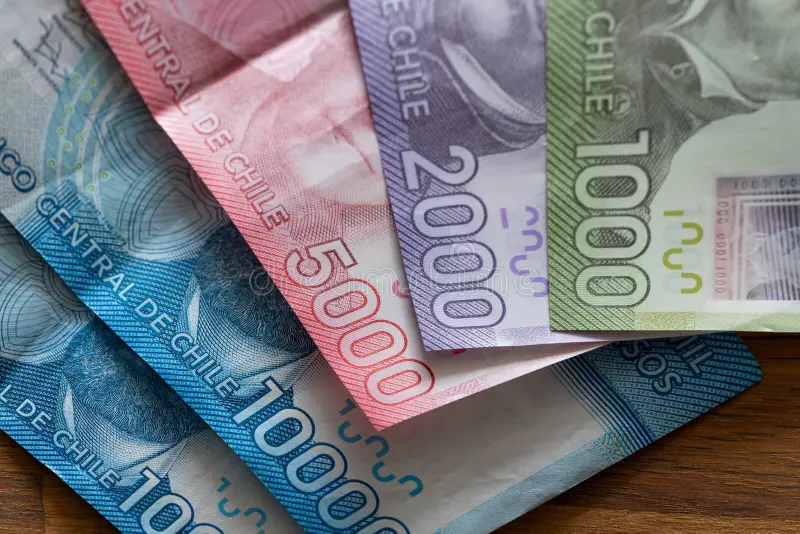March brought a smaller-than-anticipated increase in Chile’s consumer prices, easing concerns at the Central Bank amid slow inflation decline towards the target rate.
Prices edged up by just 0.4% from February, falling below Bloomberg survey predictions of a 0.6% rise. Consequently, the year-over-year inflation rate dropped to 3.7%.
The Central Bank of Chile recently decelerated interest rate reductions, despite forecasting higher inflation and economic growth for the year.
The weakening currency has inflated the cost of living by raising import prices.

This caution, combined with potential Federal Reserve delays in cutting borrowing costs, suggests a milder domestic easing cycle than analysts initially expected.
Significant was the 5.4% surge in education costs with the new academic year, contrasted by a 0.9% decrease in food and non-alcoholic beverages.
Under Rosanna Costa’s leadership, the Central Bank cut interest rates to 6.5%, continuing to reduce financing costs by a total of 4.75 percentage points.
They also revised their outlook, no longer predicting rate drops to a neutral level by late 2024.
Central Bank projections now indicate a 3.8% inflation rate by year’s end, exceeding both the previous 2.9% forecast and the 3% goal.
Both the peso’s 7.4% depreciation against the dollar and global cost rises have fueled domestic price pressures, marking Chile’s currency as one of the most depreciated in emerging markets, just after the Turkish lira.

